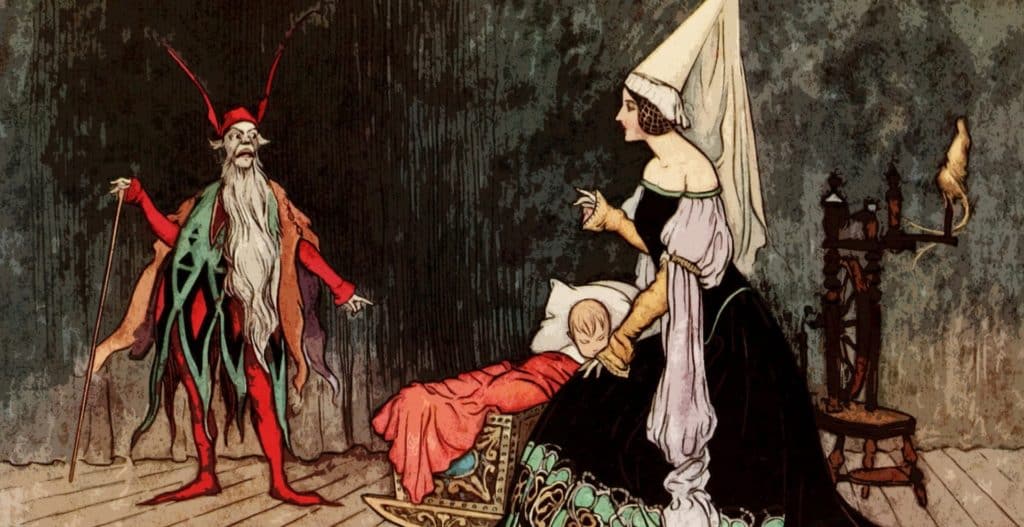
Why Everyone Should Believe in Fairies (Part Four)
How to Include Fairies in the Classroom
Last in a Four-Part Series:
I. Human History
II. Christian History
III. Our Places
IV. Our Classrooms
You are a truly dedicated reader if you are here for Part IV. Thank you. My original posts were written for a wider Christian audience than just classical educators. In this post, however, I want to consider what this might mean practically for our classical schools, homeschools and classrooms—for anyone who is at all convinced that a belief in fairies is something to take seriously.
This topic seems unavoidable for Christians at some basic level. I’ve attended many baptismal services using the ancient Orthodox liturgies as well as Theophany services celebrating Christ’s baptism. The priest says during baptisms that “the water-springs are subject unto You” and then only a few lines later that: “The Angelic Powers serve You. The Choirs of the Archangels fall down in adoration before You. The many-eyed Cherubim and the six-winged Seraphim as they stand roundabout and fly, veil their faces in awe before Your ineffable glory.” The water springs here are so obviously being recognized as living creatures of God alongside of the various ranks of angels, and this accords perfectly with what Origen writes in Contra Celsum:
The water springs in fountains, and refreshes the earth with running streams, . . .the air is kept pure, and supports the life of those who breathe it, only in consequence of the agency and control of certain beings whom we may call invisible husbandmen and guardians; but we deny that those invisible agents are demons. (8.31)
Moreover, these “invisible husbandmen and guardians” are depicted in virtually all traditional icons of Christ’s baptism, often with two figures representing the Jordan River and the Red Sea (see examples below). In the first image, both figures even have wings like angels, further suggesting that the juxtaposition of “water-springs” who are “subject unto You” with the angelic powers in the baptisimal prayers is not a coincidence. Clearly, many early Christians were fully in agreement with Origen that the spirits of rivers, seas, wind currents, mountains, and trees were not demons (as Athanasius would sadly declare about a century later within his widely read book On the Incarnation 8.47). Instead, these nature spirits were thought to be living creatures of God who were a mix of benevolent, dangerous and indifferent but who, in some real sense, were brought into the household of God by the baptism of Jesus Christ and restored (at least in their final potential) as faithful servants of God much like the angelic hosts. Of course some of these creatures would also have been spoken of as river gods or gods of the sea or air, and C.S. Lewis gives us a beautiful image of just such a river god restored to Aslan’s service within the ending of Prince Caspian.
Three details from icons of Christ’s Theophany in the Jordan River, and one mosaic depicting Christ’s baptism with the old man on the right being the River Jordan, clearly ready to serve (5th century, from Emilia Romagna, Ravenna, Italy in the Neonian Baptistery).
For those who remain skeptical, that is most understandable. At its most basic, my contention is simply that all of God’s creation is alive in some real way and that—while having a life of its own—all creation also participates in the life of humanity as well as the life of God. Others might articulate this basic claim in a wide variety of ways, but I maintain that we do our students a great service when we let them know that the scriptural authors and early Christians had an understanding of the world that was far more alive with many more kinds of creatures than just: humans, animals, angels, demons, and God. One helpful introduction to this is The Unseen Realm: Recovering the Supernatural Worldview of the Bible by Michael S. Heiser (with special editions available that include discussion questions and other classroom-use tools). As a Hebrew scholar, Heiser is excellent with regard to the Old Testament, but does not cover New Testament material as fully. (I would also take exception to how his title assumes a distinction between “natural” and “supernatural,” but that is another matter.) When it comes to understanding the New Testament, for example, few Christians today realize that no character or author for the first several centuries of Christian history would have thought of “fallen angels” and “evil spirits” (often rendered “demons” in Greek) as the same creatures, whereas modern Christians almost entirely conflate demons and fallen angels. Of course, New Testament terms also involve a host of Jewish categories that are rendered into the many Greek categories of gods, demigods, nature spirits, ancestor spirits, and divine messengers (or angels, who could be either human or entirely heavenly).
However, by looking into Christian ideas about nature spirits and then briefly at the rich spiritual realms found within Christian scriptures, I have wandered far afield from the specific question of fairies. To return to my topic, I believe that many Christians are afraid to speak seriously of fairies because they are afraid of looking ridiculous in front of their students and other religious skeptics. Christians seem to suspect that a belief in God is hard enough to defend without making it sound even more ridiculous by adding fairies, nature spirits, and such. I consider exactly the opposite to be the case, however. As David Bentley Hart demonstrates in his 2013 First Things article “God, Gods, and Fairies,” it is easy to challenge the impoverished metaphysics of popular atheism on these grounds. Even more importantly, it is a tragic loss when Christian teachers fail to point out to their students the several reasons why the modern world came to see reality as nothing but a machine with dead matter and purposeless energies to be more and more fully manipulated (see this course by Dr. Ted Davis for one excellent resource on this topic as well as footnote #5 in this post). Educators with any commitments to ancient religious or philosophical insights should be united in wanting students to grasp the riches of pre-modern metaphysics and cosmology. We have failed our students if they enter the adult world presuming either:
- that nature and supernature are separate from each other in the dualistic banality (typically but probably unfairly) ascribed to Descartes;
- or that the natural world means just a collection of inert resources that can serve to make more products for us to sell or that can give us an escape from our work in the form of pristine wilderness.
Fairies, it turns out, are an excellent way to open up deep questions of metaphysics as well as to enrich our literary and poetic knowledge and our moral imaginations.
So here are some simple ideas for engaging with the topic of fairies in the classroom. First and foremost, every grammar school teacher should be familiar with Tending the Heart of Virtue: How Classic Stories Awaken a Child’s Moral Imagination by Vigen Guroian (as well as his course on this topic here). Young children simply need to enjoy a wider variety of fairy tales, both pre-modern stories from various cultures as well as those by great storytellers such as George MacDonald and Hans Christian Andersen. This may require some creative work by teachers in an age when any story is competing with animated shows and interactive games. However, very few children will not respond when given quiet time to enjoy hearing At the Back of the North Wind or The Snow Queen. Simple activities like modeling clay or colored pencils might help some students to attend while interacting with the stories in creative ways. Although, as far as I am concerned, teachers should not say anything to suggest that these stories are not real, interaction with these stories for younger students would not include questions about the reality of fairies one way or the other. The point would simply be to have students enjoy interacting with the characters, the plots, and the vivid images while engaged in a minimum of analysis.
As students reach the upper school, they should continue to enjoy a diet of great stories from mythology as well as more contemporary fiction by great authors like C.S. Lewis and J.R.R. Tolkien. However, it is now helpful to also introduce some material about fairy stories. Students should read and discuss classic essays such as “On Fairy-Stories” by J.R.R. Tolkien and “The Ethics of Elfland” by G.K. Chesterton (within his book Orthodoxy). It is now also natural for students to start asking if fairies can possibly be real. Most students today, by the time that they reach sixth or seventh grade, will be the first to laugh at the idea of fairies being real. However, most will also be delighted to learn that many very serious-minded and well-educated adults believe in fairies. It seems that more and more people are writing on this topic these days, and teachers should look out for and collect digital PDF copies of delightful short essays to share with students. Even in middle school, students would be able to enjoy “The Secret Commonwealth” or “Therapeutic Superstition” by David Bentley Hart. By the time that they reach high school, students would delight in “Why We Need Fairies” by Salley Vickers or “Why We Believe in Fairies” by Stephen R. L. Clark or “…Of Hills, Brooks, Standing Lakes and Groves…” by David Bentley Hart or even (for the very ambitious teacher and students) “Stanton Lecture 8: The Surprise of the Imagined” by John Milbank.
While it is not necessary for a teacher to “have all of the answers” in order to do an excellent job leading students through reflection on these topics, all of this will certainly stretch some teachers to read up on their own metaphysics and cosmology. One excellent place to start is The Discarded Image by C.S. Lewis. Other books to consider might be Planet Narnia: The Seven Heavens in the Imagination of C.S. Lewis by Michael Ward and The Biblical Cosmos: A Pilgrim’s Guide to the Weird and Wonderful World of the Bible by Robin A. Parry (along with The Unseen Realm by Michael S. Heiser mentioned above). Teachers might also appreciate “The Presence of Nature in the Natural World: A Long Conversation” by Wendel Berry. As for metaphysics, consider Metaphysics (4th edition) by Richard Taylor, The One and the Many by W. Norris Clarke, Thinking Being: Introduction to Metaphysics in the Classical Tradition by Eric D. Perl, as well as He Who Is and Existence and Analogy (two volumes) by E.L. Mascall. Finally, for the curious teacher, there is also another line of thinking and study to be pursued with the symbolic world of archetypes as found in Jungian psychology and in the many online resources of Jonathan Pageau.
All of this “head knowledge” can become a serious distraction, however, as direct personal experience is the most important aspect of fairy stories and of apprehending creation as a living reality. We do not want to make the mistake of turning fairies into the subject of analysis and study such that we forget to cultivate our imaginations and our love for the particular places where we dwell. Learning the names of local streams and watersheds, walking the (often hidden) lengths of these streams, having favorite hikes that you take regularly with loved ones, learning the names of all the wildflowers that bloom in a particular river valley, finding as many examples of indiginous local folklore as you possibly can—these are all critical to any real understanding of our own fairies and their world. We obviously cannot do all of these things with students, but some of them can be modeled. With a class of 8th grade students who had just finished reading Prince Caspian, I led everyonne along a local stream for a two-hour hike as students prepared to write a speech in the voice of the stream. They were told to imagine our own stream rising up like the river god at the end of Prince Caspian and pronouncing a terrible doom upon some local authority figure. Their speeches needed to bring our stream to life and show what it might care most about. Such simple assignments that combine local geography and history with a great imaginative image from a story can be great fun while also connecting many things together for students.
Finally, fairy tales are clearly about the wonder and the wildness of our everyday life to which we grow so easily blind. Seeing fairies themselves is no doubt a foolish goal for a host of reasons, but we should hope that our students will all learn to see the everyday world as filled with wonder and charged with a life of its own. Toward this end, poetry has always been the greatest tool that humanity has possessed. Memorizing and reciting poetry out loud is one of the greatest gifts that we can give to our students in terms of enriching and enlivening their imaginations. Finding beautiful ways to celebrate and enjoy these poetry recitations together can lift students out of the everyday and remind them of the extraordinary nature of ordinary life.
Once with another teacher, I enjoyed working to plan a series of what we called “poetry liturgies” over a few years. Our students memorized and practiced delivering their poems in class as well as working with us to design a special assembly to which the entire upper school was invited (along with any parents who could attend). Typically, this assembly or “poetry liturgy” would have an organizing theme that was connected to a special day on the church calendar such as Nativity, Easter or Pentecost. Our poems, however, would typically not be explicitly religious and would connect to this theme in broad categories. Students would also find beautiful painting and music that related to the theme and the poems. Finally, students would pick out a few scripture passages. All of these were woven together with images projected, music played, scriptures read, and poems recited. There was no commentary throughout, although we sometimes included the option for some students to share a brief reflection in response to a poem recited by another student. Sometimes, a few elements were included that could involve the entire audience for some portion of the “liturgy.” The overall effect was stimulating and engaging with multi-media components but also contemplative and even otherworldly. This was clearly a time set apart, and each participant carried away a shared experience as well as their own reflections. Without needing to use the term “liturgy” or any of the details, similar experiential practices as a school community can provide excellent ways of helping students to pause amid their everyday lives and to be reminded of what it means to be immersed in the poetic and the numinous. Our hope is that each such experience might open the single eye of our heart a little more fully, by which Christ says that our whole body can be filled with light (Matthew 6:22-23). It is all about learning to see.
With that, I hope that some of these ideas might have been a help and encouragement. More importantly, however, I’d love to hear from other teachers about any fairy-related readings and activities that you have enjoyed with your students. Please do share.
Jesse Hake serves K to 12 educators and parents at ClassicalU.com as the director. Before that, he served for seven years at Logos Academy in York, PA as academic dean and principal. He and his wife, Elizabeth, have three children, Nessa, Tobias and Tabitha. Jesse has taught college courses in history, philosophy, and ethics as well as upper-school history, literature, and rhetoric. He grew up in Taiwan as the oldest of nine children. He has a BA from Geneva College in history as well as an MLitt in history from the University of St Andrews in Scotland.


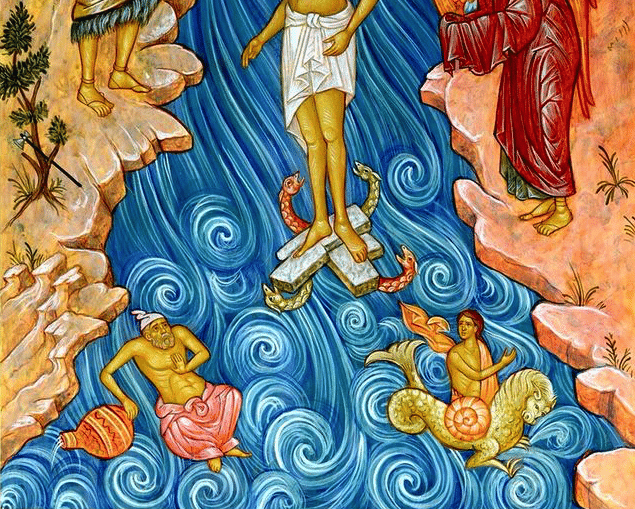

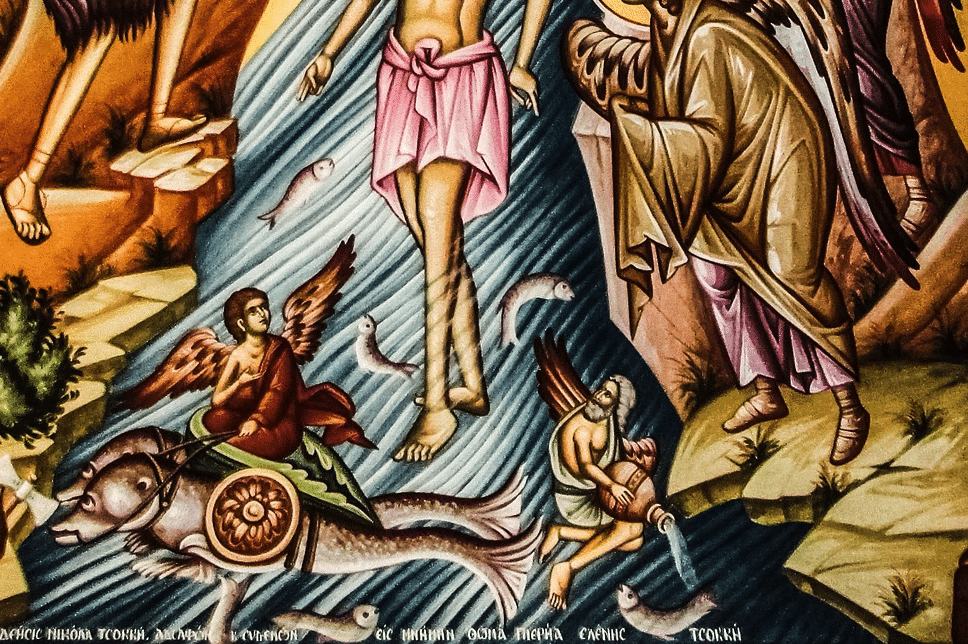
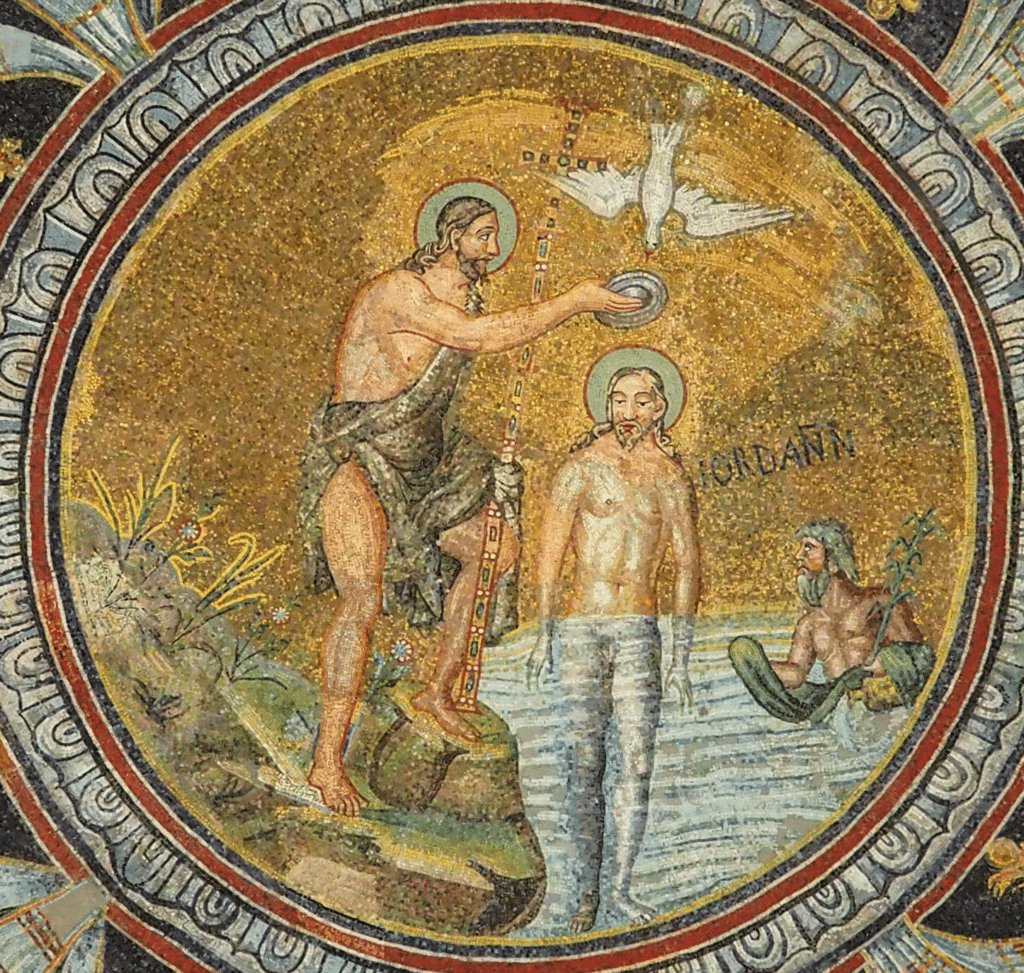
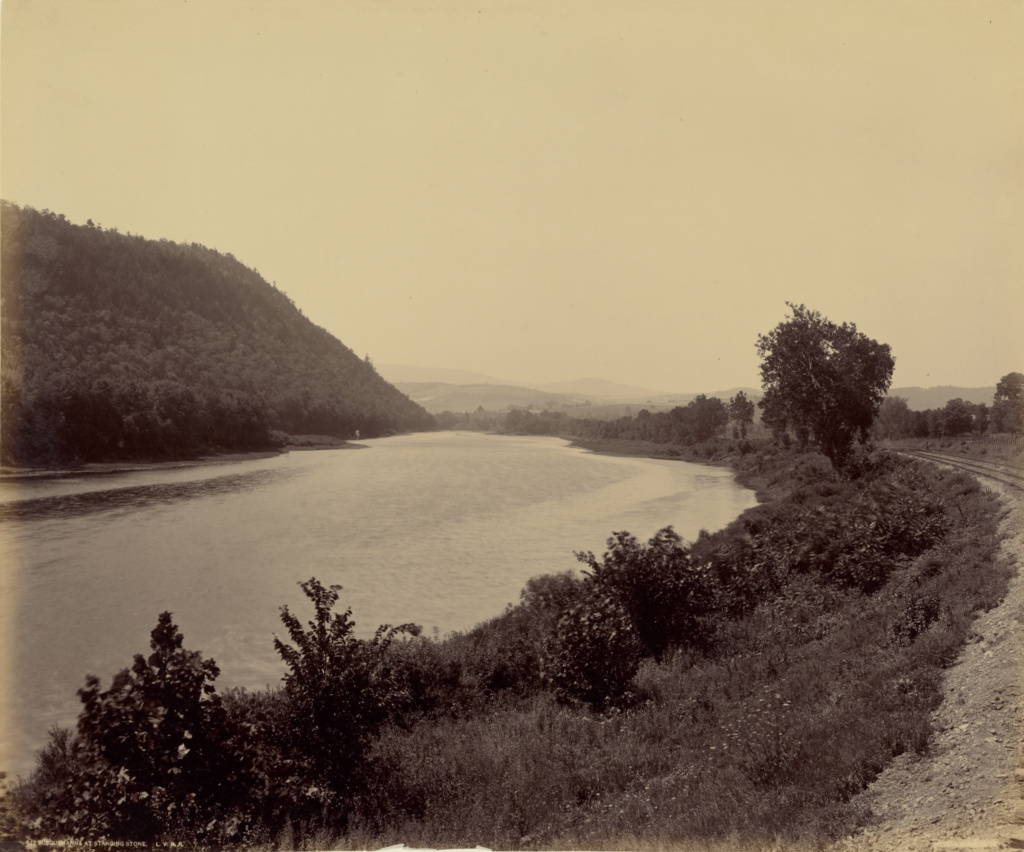
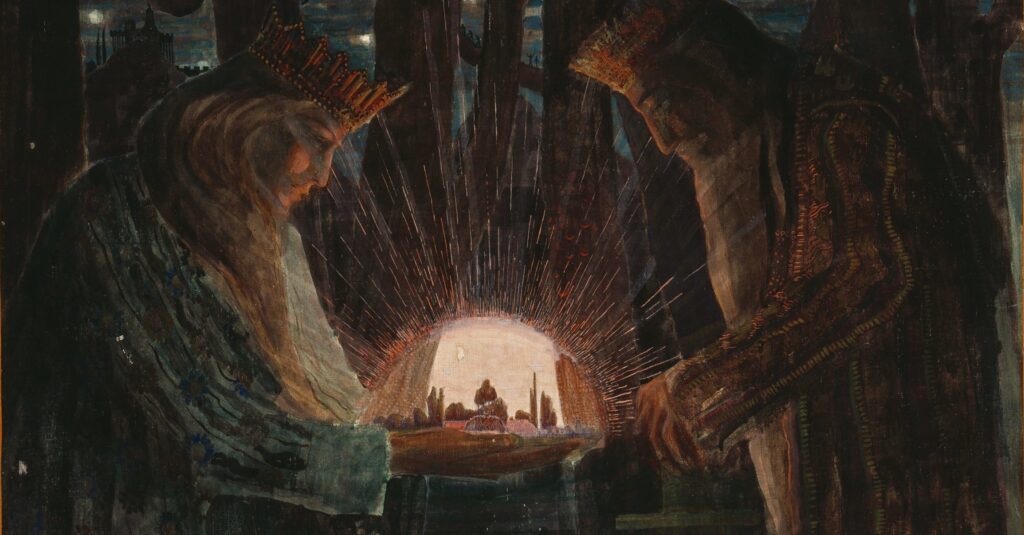
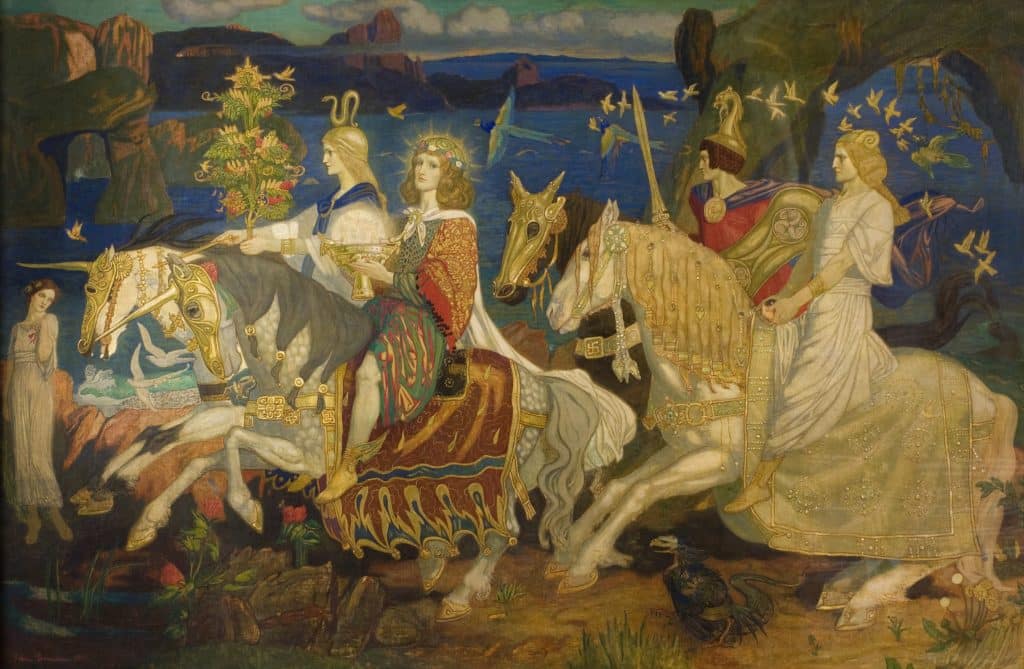

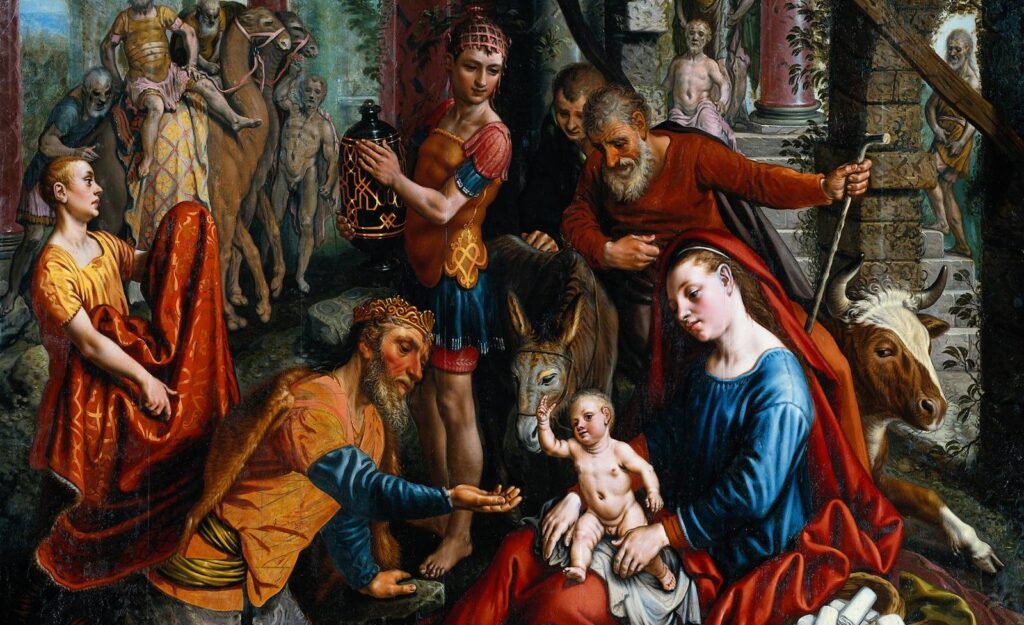

Responses